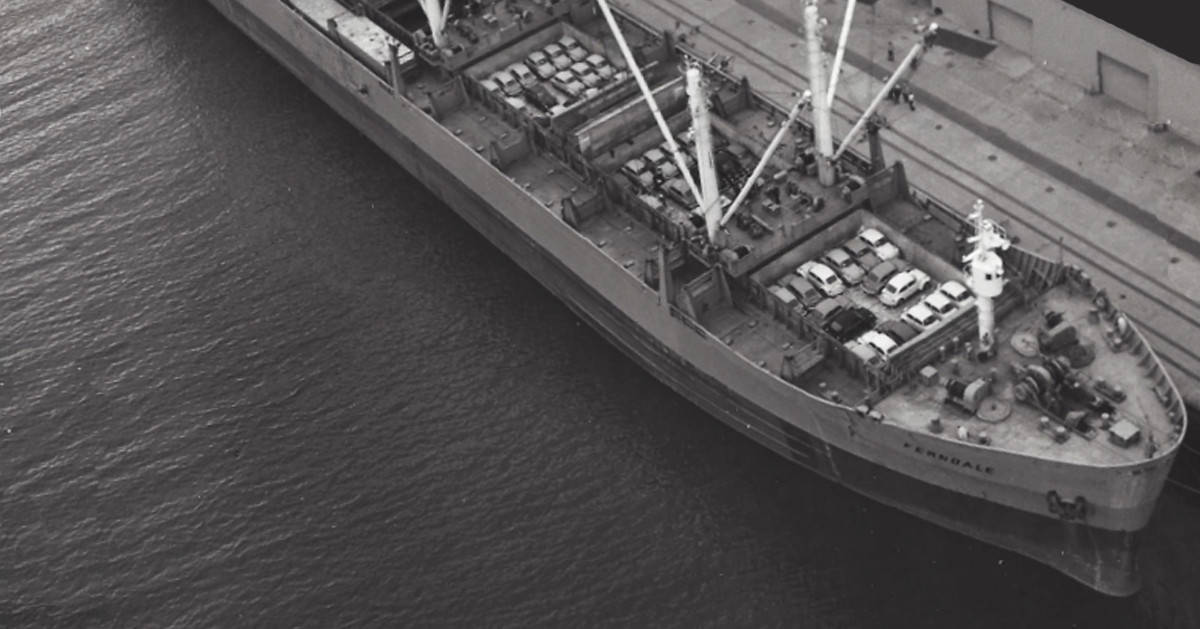

Maritime shipping, a cornerstone of global commerce, has a rich history that spans centuries. The evolution of trading routes has significantly impacted economies, cultures, and the very course of human civilization. This article delves into the intriguing journey of maritime trade, exploring its transformation over time and the profound influence it has had on the world.
The Early Origins of Maritime Trade
In the annals of history, maritime trade can be traced back to the ancient civilizations of Mesopotamia, Egypt, and the Indus Valley. These early traders navigated perilous waters, connecting distant regions and exchanging goods such as spices, textiles, and precious metals. The Phoenicians, renowned for their seafaring expertise, established trade networks that spanned the Mediterranean, facilitating the exchange of goods and knowledge.
The Age of Exploration: Opening New Horizons
The Age of Exploration ushered in a new era of maritime trade. European powers like Portugal, Spain, and the Netherlands set sail to find new routes to Asia and the Americas. The quest for valuable commodities spurred fierce competition, resulting in the discovery of sea routes that would forever alter global trade. The Portuguese explorer Vasco da Gama’s journey to India and Christopher Columbus’s voyages to the Americas are emblematic of this transformative period.
The Emergence of Colonial Trade
Colonial powers not only expanded their territories but also reshaped the maritime trade landscape. The infamous triangular trade route emerged, connecting Europe, Africa, and the Americas. Slaves, crops, and manufactured goods were exchanged, leaving an indelible mark on the societies involved. As maritime trade flourished, port cities like London, Amsterdam, and Lisbon prospered, becoming hubs of economic activity and cultural exchange.
The Industrial Revolution: A Technological Leap
The Industrial Revolution brought mechanization and innovation to maritime shipping, steamships replaced sail-powered vessels, drastically reducing travel times and increasing cargo capacities. The Suez and Panama Canal further revolutionized trade by providing shortcuts between major trading regions. These advancements propelled global commerce to unprecedented heights, including the growth of First Mile eCommerce shipping.
First Mile eCommerce shipping is the process of getting goods from a warehouse or distribution center to the customer’s door. It is the first step in the eCommerce delivery process, and it is important for providing a smooth and efficient customer experience.
The Industrial Revolution made First Mile eCommerce shipping possible by providing faster and more efficient transportation methods. Steamships and the Suez and Panama Canals made it possible to ship goods around the world more quickly and cheaply. This led to a boom in eCommerce, as businesses were able to reach customers in new and distant markets.
